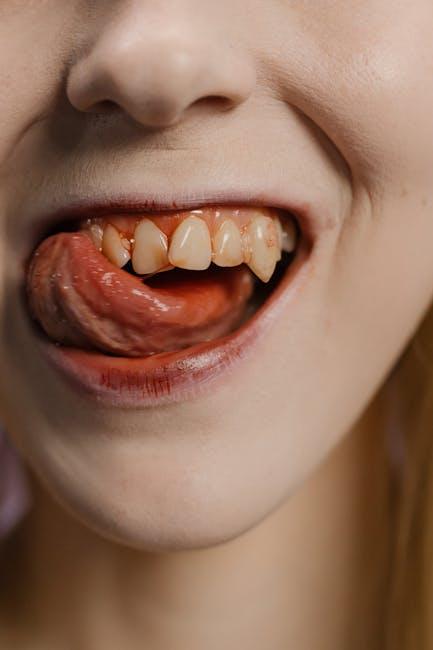
Does Medicaid Cover Dental? Orthodontics, Common Procedures & State Coverage
If you’ve ever wondered, does Medicaid cover dental care? — you’re not alone. Dental health is a crucial part of overall wellness, yet many people assume Medicaid doesn’t provide much help in this area. The truth is, Medicaid’s dental coverage varies greatly depending on your state, age, and the type of dental care you need. In this detailed guide, we’ll explore Medicaid dental benefits, including orthodontic coverage, common dental procedures, and how coverage differs across states.
What Is Medicaid Dental Coverage?
Medicaid dental coverage refers to the dental services and procedures that Medicaid health insurance plans pay for either fully or partially. While Medicaid is primarily known for covering essential medical care for low-income individuals and families, many states also include some dental services under their Medicaid plans, especially for children.
Who Is Eligible for Medicaid Dental Benefits?
- Children under age 21: Medicaid and the Children’s Health Insurance Program (CHIP) are federally mandated to provide dental coverage to children, so pediatric dental benefits tend to be comprehensive.
- Adults: Dental coverage for adults on Medicaid is optional and varies by state. Some states offer extensive dental care, while others provide only emergency or minimal services.
Does Medicaid Cover Orthodontics?
Many people wonder if Medicaid covers orthodontics, such as braces or Invisalign. Here’s what you need to know:
Orthodontic Coverage for Children
Medicaid generally covers necessary orthodontic treatment for children if it’s deemed medically necessary. This means Medicaid may fund braces or other orthodontic devices if a significant dental issue affects the child’s health, speech, or development.
Orthodontic Coverage for Adults
For adults, orthodontic coverage is almost always limited or unavailable through Medicaid. Adult orthodontic treatment usually counts as cosmetic unless there is a documented medical need. Therefore, many Medicaid programs do not cover braces or orthodontic treatments for adults.
Common Dental Procedures Covered by Medicaid
Medicaid coverage for dental procedures often depends on the state and patient’s age, but some common services that may be covered include:
- Preventive care (cleanings, exams, fluoride treatments, and sealants)
- Diagnostic services (x-rays and oral exams)
- Restorative care (fillings, crowns, root canals)
- Tooth extractions and oral surgery
- Emergency dental care (pain relief, infection treatment)
State Variation in Coverage
Because Medicaid is jointly funded by federal and state governments, dental benefits for adults fluctuate considerably. Below is a summary of dental coverage options for adults across different states:
| State | Adult Dental Coverage | Child Dental Coverage |
|---|---|---|
| California | Comprehensive coverage including orthodontics in some cases | Mandatory comprehensive coverage |
| Texas | Limited emergency services only | Comprehensive dental benefits |
| New York | Extensive coverage with many procedures included | Full mandatory coverage |
| Florida | Emergency and limited restorative care | Comprehensive benefits |
| Ohio | Basic dental benefits and some restorative procedures | Full coverage required for children |
Benefits of Medicaid Dental Coverage
Access to dental benefits through Medicaid offers several advantages:
- Improves overall health: Preventive dental services reduce the risk of chronic diseases linked to poor oral health, like heart disease and diabetes.
- Saves money: Early intervention and coverage can prevent costly emergency dental care or complex procedures.
- Supports children’s development: Proper dental care helps kids grow with healthy teeth, supports speech development, and boosts self-confidence.
- Reduces pain and infection: Timely treatment for cavities and dental infections avoids serious complications.
Practical Tips for Maximizing Medicaid Dental Benefits
- Check your state’s Medicaid dental policy: Visit your state Medicaid website or Healthinsurance.org to understand what dental procedures are covered.
- Use in-network providers: Find dentists who accept Medicaid to ensure your treatment is covered.
- Schedule regular checkups: Preventive care visits are often fully covered and can help avoid bigger problems.
- Get referrals for specialty care: If orthodontic or specialist treatment is necessary, ask your primary care dentist or Medicaid coordinator for help getting referrals.
- Keep records of your dental care: Maintaining documentation may be helpful if you need assistance with claims or appeals.
Real-Life Experience: Medicaid Dental Coverage Success
Meet Sarah, a mother of two from Ohio. Before learning about Medicaid’s pediatric dental benefits, Sarah’s children rarely saw a dentist. Once enrolled, her kids received comprehensive exams, cleanings, and even orthodontic assessments. Sarah says, “Medicaid helped my children keep their smiles healthy without us worrying about the cost.” This highlights how vital Medicaid dental coverage is for families.
Conclusion
So, does Medicaid cover dental? The answer: it depends on who you are and where you live. While Medicaid covers comprehensive dental care for children nationwide, coverage for adults varies by state, often limited to emergency or basic services. Medicaid may cover orthodontics for children when medically necessary, but adult orthodontic treatments are usually not covered. Understanding the scope of Medicaid dental benefits in your state and how to make the most of them can provide crucial access to affordable dental care.
For more personalized information and updates on Medicaid dental coverage, visit Healthinsurance.org, your trusted resource for health coverage insights.


